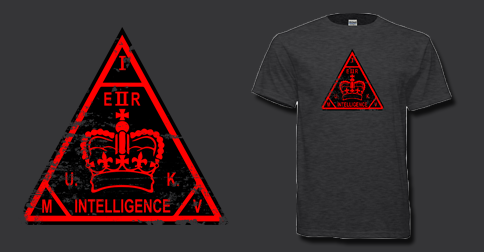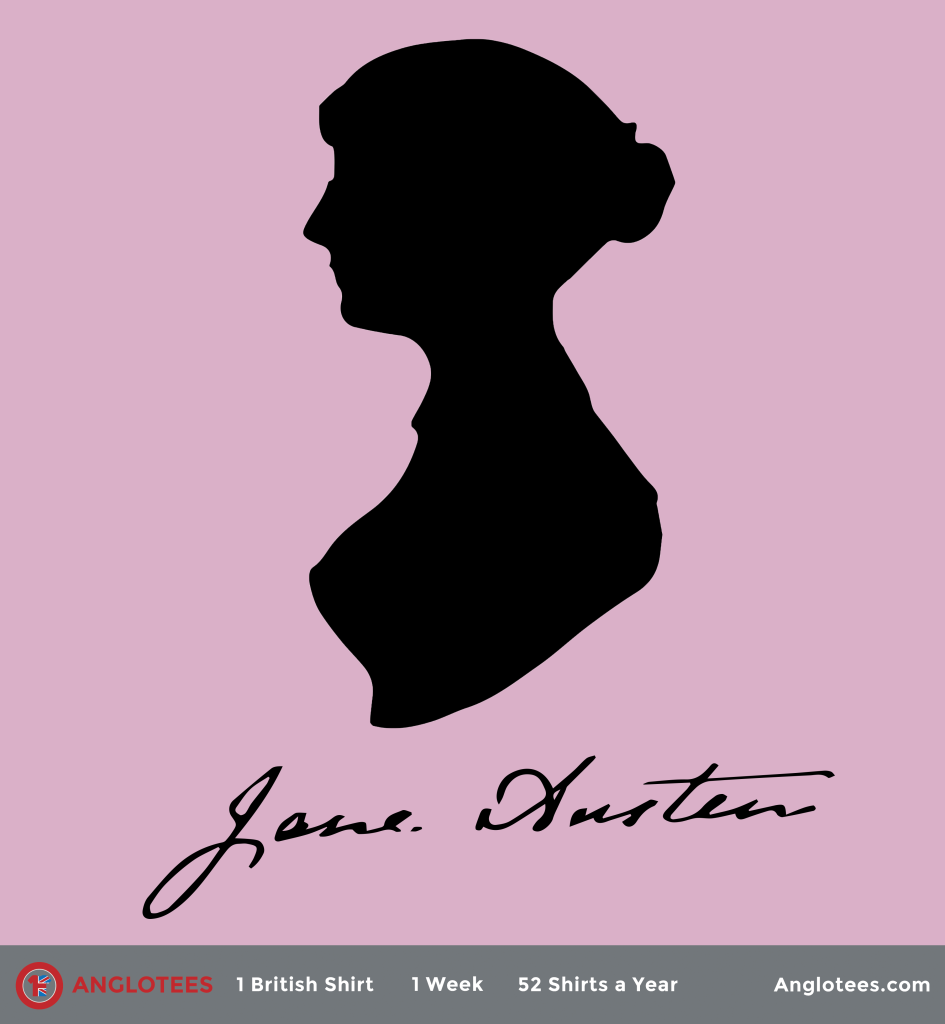

Editor’s Note: This article was written by John Rabon and originally appeared on Anglotopia.net.
MI5, otherwise known as The Security Service, is the domestic counterintelligence and security agency for the United Kingdom. While the Security Intelligence Service (otherwise known as MI6) focuses on foreign threats (and where the fictional James Bond works), MI5 focuses on threats within Britain. Though not as buried in secrecy as MI6, MI5 has its own interesting history and facts.
For a limited time, get our exclusive MI5 themed t-shirt featuring the MI6 coat of arms on a stunning Dark Heather Grey t-shirt. Available in men’s, women’s, long sleeve, hoodie, tote bag and v-neck starting at $16.99 and available for 1 week only – only 3 days left!
The Secret Service
MI-5 formed in 1909 as the Secret Service Bureau. The first Director General was Major-General Sir Vernon Kell.
Early Mission
As the Secret Service Bureau, MI-5 wasn’t formed to just protect against domestic threats, but to gather intelligence on German Imperial activities. It’s worth noting that this directive occurred five years before World War I. While the SSB handled both foreign and domestic threats, Captain Mansfield Cumming successfully argued for a separation into two departments, leading to the split of the SSB in 1910 in the Security Service (MI5) and the Secret Intelligence Service (MI6).
The Cold War is Over?
Accusations of spying continue even today. In 2006, Russia claimed that Britain kept a listening device in a rock on a Moscow Street. The accusation turned out to be true. Meanwhile, MI5 estimates that Russia has as many spies in Britain today as it did at the height of the Cold War.
Setbacks During WWII
Despite the organization’s importance, WWII was one of MI5’s lowest points. The staff had been reduced to 30 operatives and 6 surveillance operatives. The Blitz ended up destroying most of the Security Service’s files and it had to leave its headquarters at Blenheim Palace. Despite all of this, as you can imagine, the Service’s workload increased during the war. Eventually, MI5 was given more resources to combat threats at home.
Not-So-Secret Spy
Michael Bettaney was an MI5 agents who apparently wasn’t so good at maintaining his secrecy. Recruited to the counter-espionage unit of MI5 in 1982, he was eventually convicted of passing sensitive documents to the Soviets in 1984. Besides his frequent boasting of working for “the other side”, he twice admitted to being a spy: once to avoid a ticket master at the station; and a second time to get out of being arrested for public drunkenness. He was arrested for treason when a MI6 agent working inside the Soviet embassy, Oleg Gordievsky, reported Bettaney to his superiors.
No License to Kill
MI5 has vehemently denied such a thing actually exists. Of course, if MI5 and MI6 agents killed as often as Bond, they wouldn’t be very good at staying secret.
Transparency
Much like MI6, MI5 has made a transition from being a super-secret organization to being more open to the public. In 1989, the Security Service Act gave the Service legal standing within the government for the first time, but also forced it to become more accountable. The Security Service could no longer tap phones or install bugs without a warrant. In 1993, it published a book, aptly titled “The Security Service” described the six branches of the organization: counter-terrorism, counterespionage, counter-subversion, protective security, security intelligence, and record keeping.
Shifting Focus
With the Cold War winding down in the early 90s, MI5 went from catching Soviet spies to preventing terrorism at home, specifically acts of violence committed by the Irish Republican Army. The Metropolitan Police officially handed over the intelligence effort against Irish terrorism to the Security Service in 1992. In addition to preventing several bombings, MI5 was responsible for at least 21 successful prosecutions of Irish militants.
The “Military” in Military Intelligence?
Though MI5 began under the Directorate of Military Intelligence, in 1952, Prime Minister Sir Winston Churchill transferred the Service over to the Home Office, under whose authority MI5 remains to this day.
America Isn’t the Only One Spying on Its People
In 2006, MP Norman Baker accused MI5 of “hoarding information on people who pose no danger to this country.” The accusations proved well-founded, and it came out that MI5 had secret files on 272,000 people. It also revealed a “traffic light” system governing the files: “Green” referring to active files (10% of the files), “Yellow” meaning “enquiries prohibited, further information may be added” (46%), and “Red” meaning “enquiries prohibited, substantial information may not be added” (44%).
CLICK HERE TO BUY THIS DESIGN NOW!










